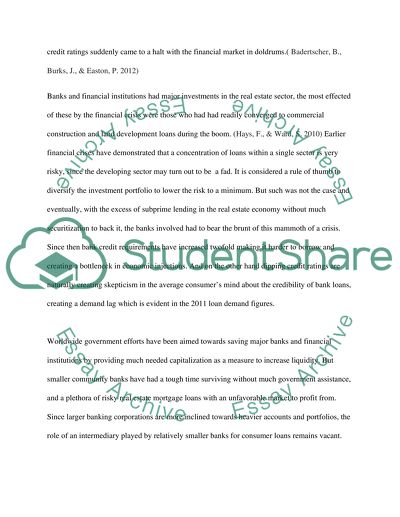Cite this document
(“Bank recession of 2011 Essay Example | Topics and Well Written Essays - 2750 words”, n.d.)
Retrieved from https://studentshare.org/macro-microeconomics/1396366-banks-net-lending-fell-in
Retrieved from https://studentshare.org/macro-microeconomics/1396366-banks-net-lending-fell-in
(Bank Recession of 2011 Essay Example | Topics and Well Written Essays - 2750 Words)
https://studentshare.org/macro-microeconomics/1396366-banks-net-lending-fell-in.
https://studentshare.org/macro-microeconomics/1396366-banks-net-lending-fell-in.
“Bank Recession of 2011 Essay Example | Topics and Well Written Essays - 2750 Words”, n.d. https://studentshare.org/macro-microeconomics/1396366-banks-net-lending-fell-in.


